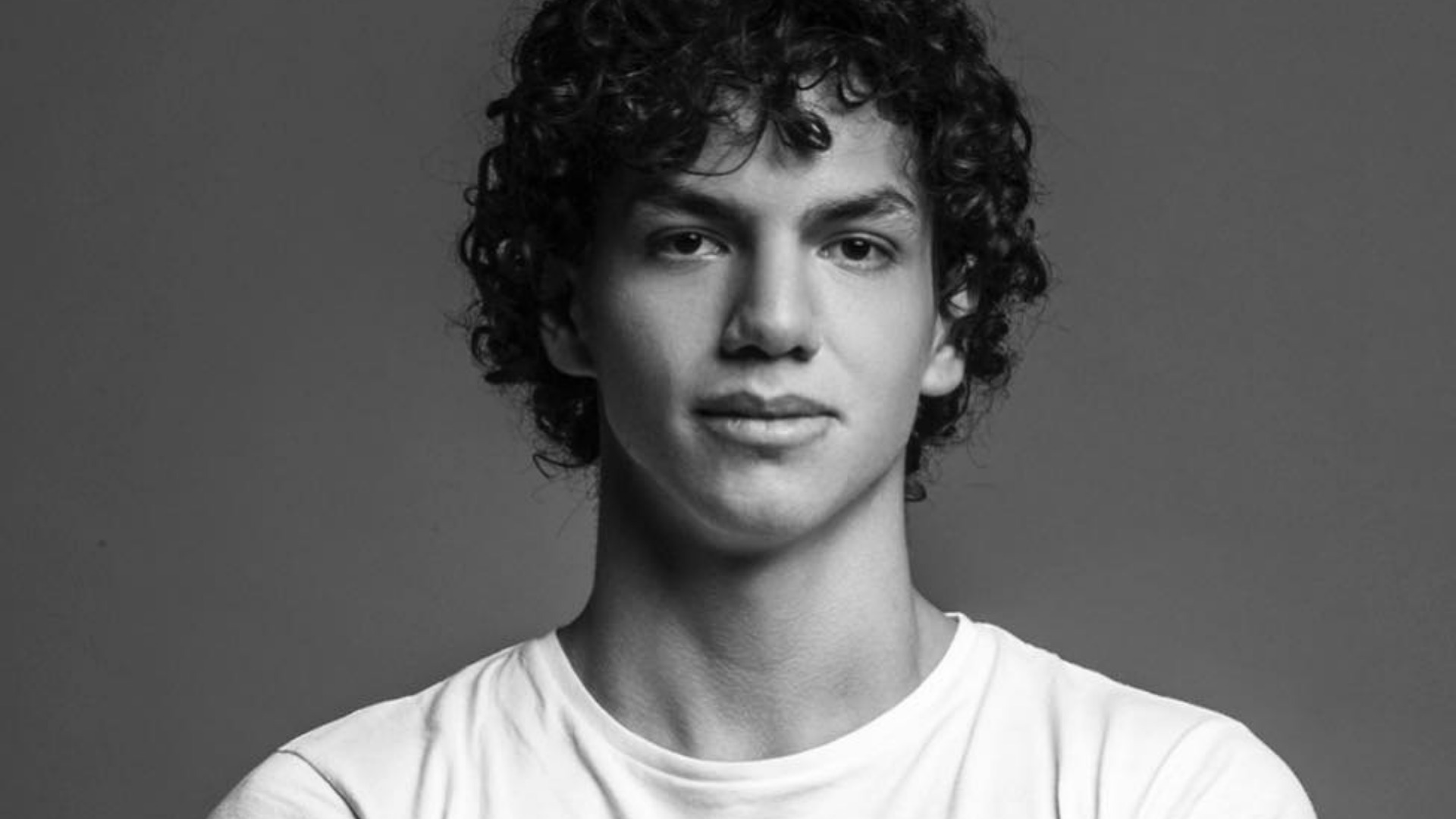
The child of ballet dancers, Isaac Hernández was taught to dance by his parents at an early age. He has gone on to become one of the world’s elite dancers, receiving numerous awards and recognition not only in his native Mexico, but in Europe as well. Now as a father himself, he brings new perspectives to his work and his life. How does one balance the challenges of a career as a performer, responsibilities to work, to country, and to family? It’s a delicate balance. Isn’t that what dancers do?
The following is an excerpt from an interview Matthew Jessner conducted with Isaac Hernandez at EPIC (The Entertainment and Performing Arts Industry Conference). You can view full interview here
Matthew: When we speak of classical classical ballet, usually the word classical can be a categorization of a style or even a time period. But classical ballet is very alive now, and it’s not something that needs to be dusted off every, every once in awhile, it’s very alive. And you’re part of actually the one of the major protagonists in its current life. So could you speak to me a little bit about what, what is classical to you?
Isaac: for me it is a really cherished vocabulary and in my point of view it is the reason why I wanted to dance in the first place. That’s a way to simplify it personally. But I find that the classical work and the classical ballets remain relevant nowadays because they portray human endeavor and human stories stories that people can relate to in one way or another. They involve the love, passion forgiveness, betrayal, all of those human qualities that make our life worth living.
I feel like our way to remain relevant to our societies today is by encouraging participation of a new generation of creators and by including the audiences of today. I think that that’s why at the moment it has been so successful because there have been a few dancers and a few creators that have been able to bring in a new generation of audience.
I feel like dance in general, either in the classics or, or any form of dance, is really easy to relate to as humans.
And I feel like in nowadays where we feel that we have few common languages and common grounds, the art form of dance has provided a platform for us to come together and to interact with each other. And I think that those are some of the reasons why classical dance is living in a good moment.
Matthew: Classical repertory is so is so precious, but also you’ve participated in modern treatments of classical themes such as Akram Khan’s Giselle. I’d be curious to hear how you feel about a very modern treatment of a classical performance and your experience with it.
Isaac: I think that he was incredibly helpful for me as an artist to be part of that creation. I often say how much I learned from that, and especially once going back to the classical version of Giselle, I realized I was a completely different person interpreting such a traditional role.
And it was because Akram really encouraged to question why we were thinking that this ballet was relevant and what the audience might feel about that with a more modern day mentality. And he also brought into the story a more relevant case, in this case, it was about factory workers and immigrants and really relatable topics that were using the same emotional context of Giselle, but portraying issues that are very relevant to our audience today. And I think that is priceless because that really allowed us to reach an audience that thought that maybe ballet does not tell the stories that they can relate to or that ballet does not speak their language.
We really went into the work thinking that this would have to be understood by anybody. We can’t expect the audience to understand our vocabulary or our code to be able to tell a story. So we got rid of all those codes in the classical repertoire on how to tell a story, like all the mimics and all of that went out the window and we tried to make it more of a theatrical piece, more of a play.
But it was a really interesting experience to be able to, to minimize in a way, but accentuate the connection to the audience through the emotions and through the choreography that Akram was creating.
You can watch or listen to the the full interview here.


Anna Robb is Co-Founder and Managing Director for TheatreArtLife. Anna is an experienced Producer/Production Stage Manager. Her 20-year work history spans Asia Pacific, the Americas, Africa, the Middle East and Europe. She has worked for companies such as Cirque du Soleil, Franco Dragone Entertainment Group, Christie Digital Systems and The Sydney Opera House. Anna was an integral part of the research and development, training and formation, creation and operation of the 250 million dollar aquatic show, The House of Dancing Water in Macau. She also maintained the daily operations of this complex show as the head of Stage Management for 7 years. Anna has been employed on over 70 shows in the areas of concerts, arena events, corporate events, trade shows, musical theatre, plays, dance, circus, outdoor festivals and mega shows. Anna holds a honours degree in Design for Theatre and Television and is passionate about the evolution of the industry.
Read Full Profile© 2021 TheatreArtLife. All rights reserved.

Thank you so much for reading, but you have now reached your free article limit for this month.
Our contributors are currently writing more articles for you to enjoy.
To keep reading, all you have to do is become a subscriber and then you can read unlimited articles anytime.
Your investment will help us continue to ignite connections across the globe in live entertainment and build this community for industry professionals.